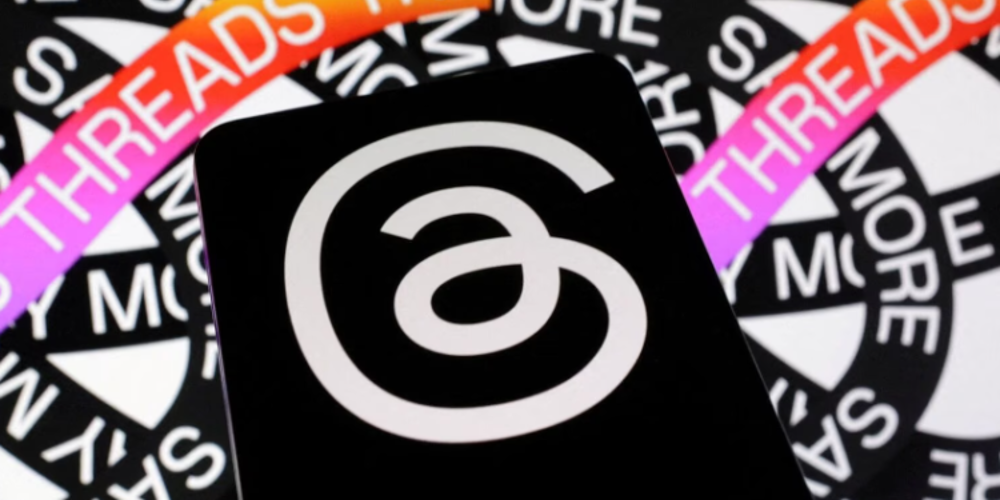Integrating Politics into Your Social Media Fabric
Apr-02-2024

Navigating the choppy seas of political dialogue on social media platforms such as Instagram and Threads, which are part of the Meta ecosystem, can present a challenging endeavor. The decision by Meta's executives to curtail the visibility of what they classify as "political content" from those outside your immediate network aims to reduce the vitriolic exchanges that often characterize these discussions. Yet, this move has sparked a debate on the balance between fostering a non-toxic environment and ensuring a vibrant, engaging space for discourse. This article delves into the nuances of blending politics with your social media threads while highlighting the steps to opt into political content should you choose to immerse yourself in governmental, electoral, or socially impactful discussions.
The Reasoning Behind the Restriction
At the heart of Meta's decision lies a laudable intention: to shield users from the often noxious effects of political arguments that proliferate across social media landscapes. The divisions and animosities bred in such environments can detract significantly from the user experience, prompting Meta to implement these limitations on Instagram and Threads. By doing so, they hope to cultivate a more harmonious and less confrontational space for users. However, this approach raises questions about the impact on the richness and diversity of conversations, potentially leading to a more sanitized, less dynamic discourse.
Opting Into the Political Arena
For those who feel that engaging with political content is essential, Meta offers a workaround. Users of Instagram and Threads who wish to dive into discussions likely to involve government affairs, elections, or societal issues have the option to opt into viewing such content. This process, albeit slightly cumbersome, opens the door to a broader array of conversations. It requires users to navigate through the settings within the Instagram app, an extra step that might seem counterintuitive, especially for those primarily using Threads. However, this option serves as a bridge for those seeking to engage more deeply with political content.
Navigating the Settings
To enable political content on Instagram, you can follow a series of straightforward steps directly within the app. Users are directed to their profile, where they access the settings menu through the three parallel lines located in the upper right corner. From there, selecting "Content preferences" followed by "Political content" allows users to adjust their preferences, enabling them to receive political content from accounts they don't follow. This adjustment signifies a willingness to engage with a wider spectrum of political thought and discourse, enriching their social media experience.
The Debate on Content Curation
Meta's approach to political content on social media opens up a broader discussion on content curation and its impact on public discourse. The decision to require users to opt into political content rather than opting out reflects a cautious stance toward managing contentious discussions. While this might shield users from potential confrontations, it also raises concerns about the accessibility of diverse viewpoints and the vitality of democratic discourse on these platforms. The balance between creating a non-toxic environment and fostering an open, engaging forum for discussion remains a delicate one.
Implications for Threads and Instagram
The introduction of settings to limit or enable political content on Instagram and Threads brings to light the complexities of managing social media platforms in an increasingly polarized world. Whether this strategy will lead to a more peaceful yet potentially less engaging user experience or whether it will inadvertently stifle important conversations remains to be seen. What is clear, however, is that users now have a choice. Individuals have the autonomy to determine how much political material they wish to interact with, customizing their social media experience to align with their personal interests and preferences.
Conclusion
The intersection of politics and social media is fraught with challenges as platforms strive to balance the need for open discourse with the desire to minimize conflict and toxicity. Meta's decision to limit political content on Instagram and Threads while offering users an opt-in mechanism reflects an attempt to navigate these challenges. By providing users with the choice to engage with a wider range of political discussions, Meta is acknowledging the importance of such discourse. However, the success of this strategy in achieving a harmonious balance remains to be fully realized. As users, we now have the power to shape our social media landscapes, choosing either to embrace the full spectrum of political discourse or to curate a more tranquil, albeit potentially less diverse, digital experience.







